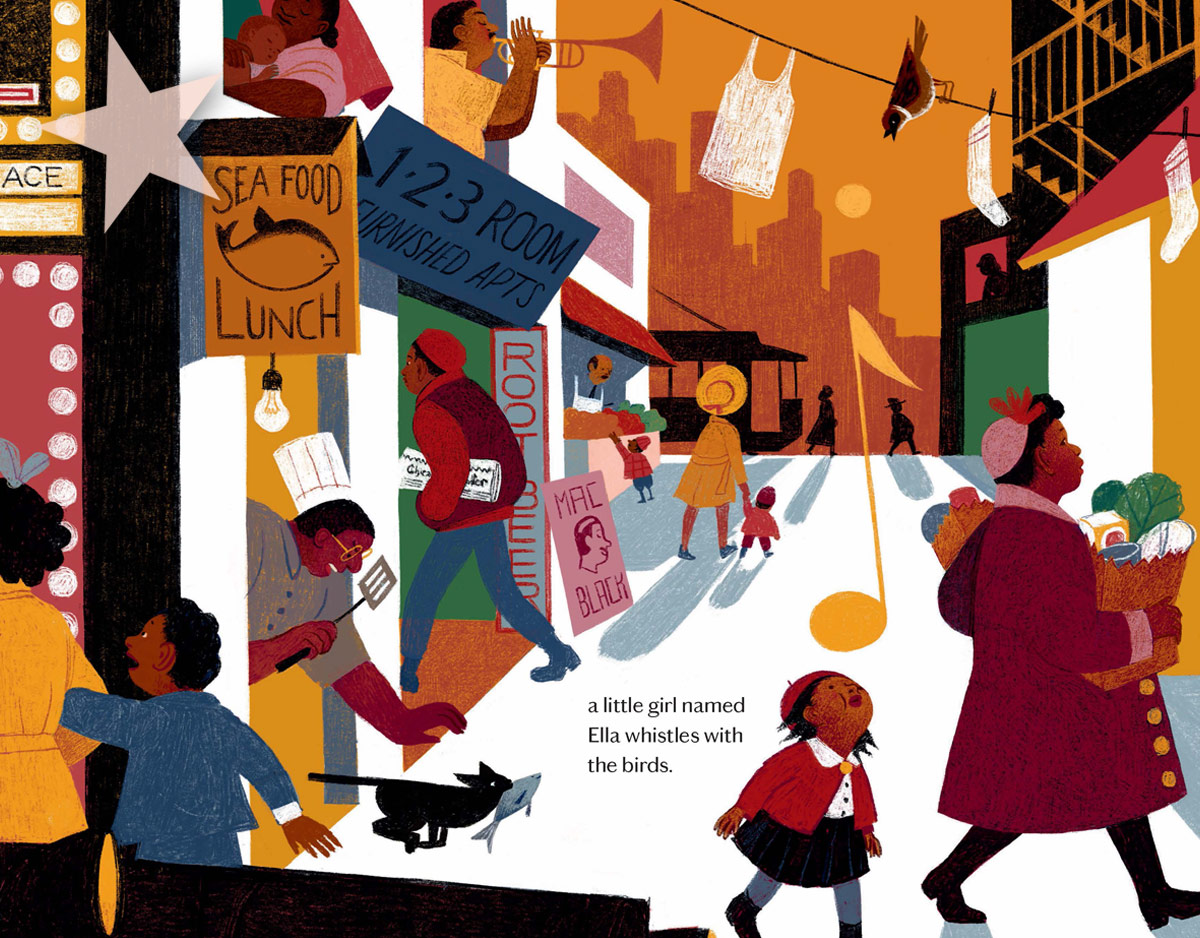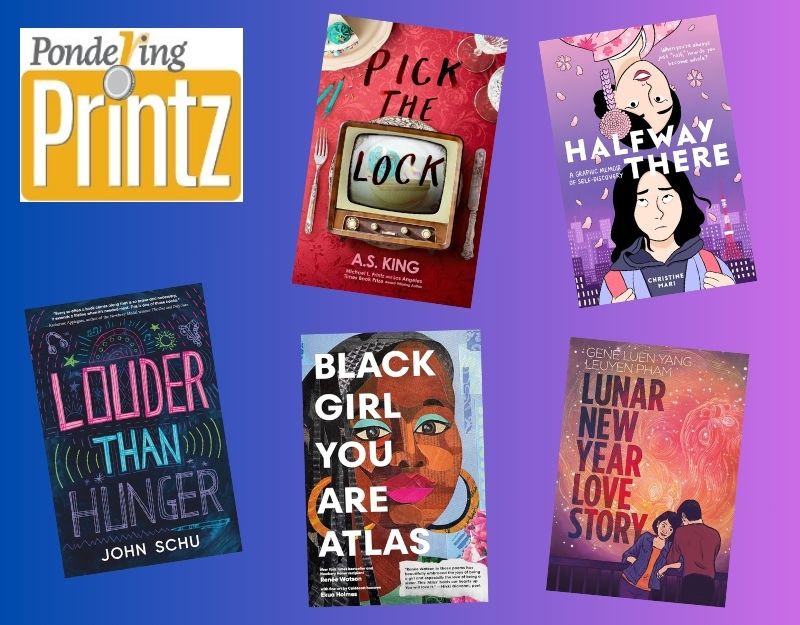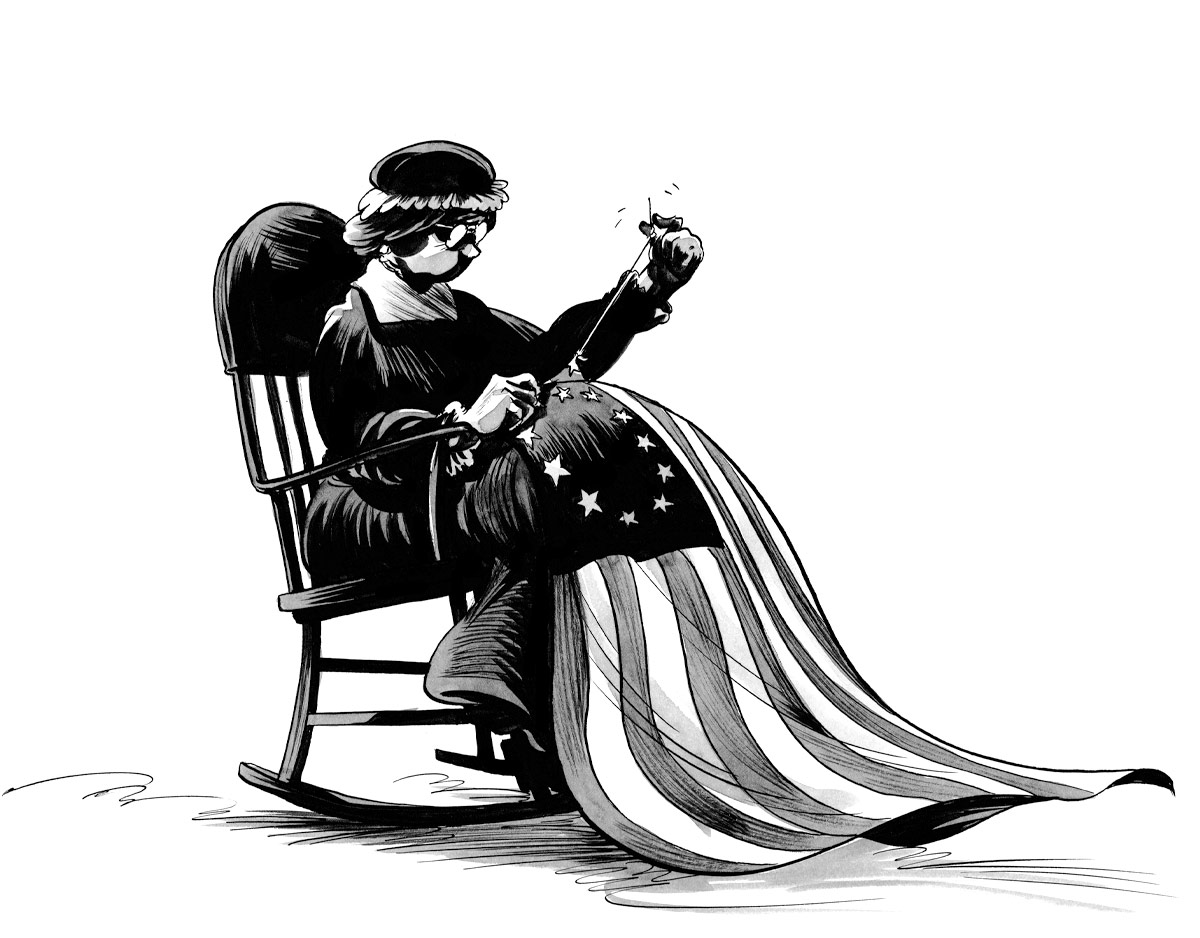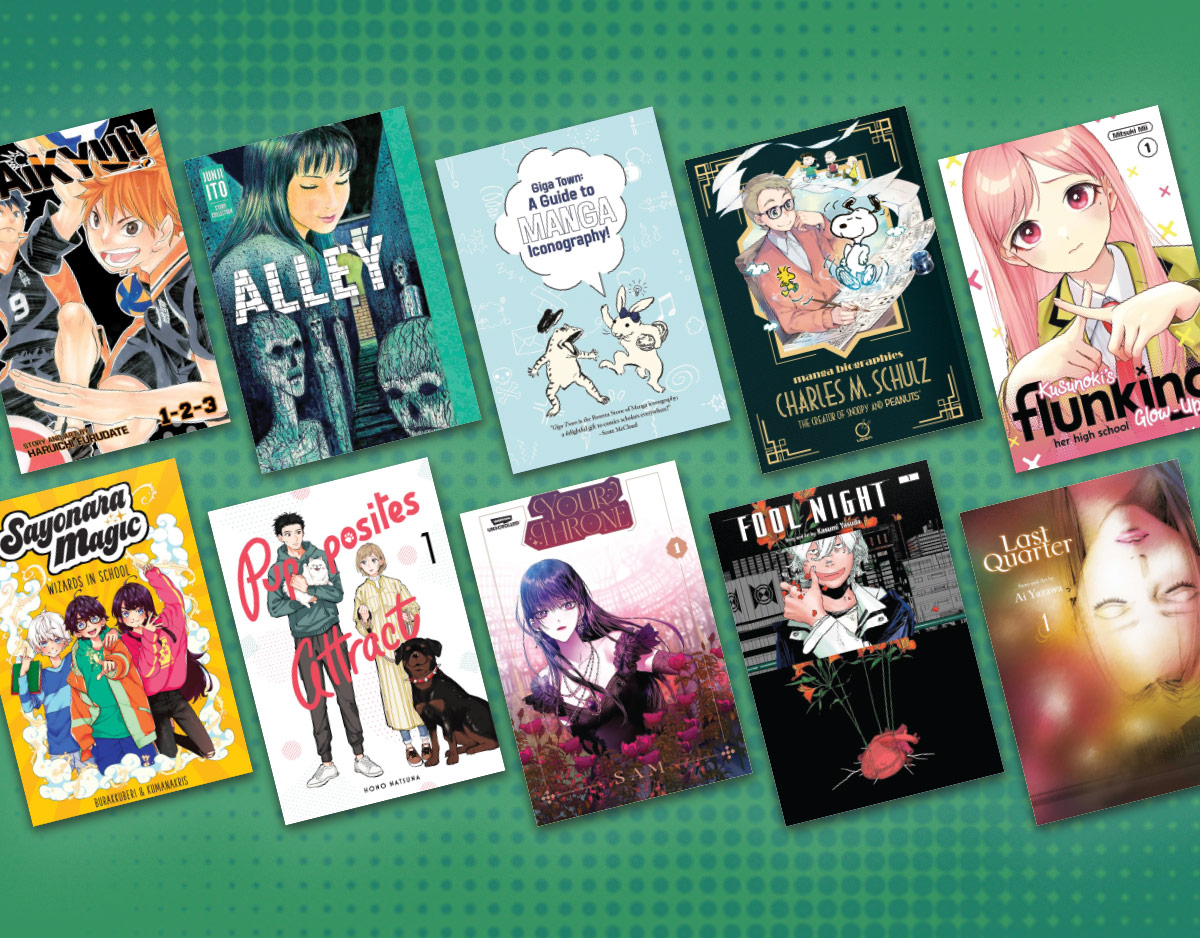Review of the Day: The Red Hat by David Teague
 The Red Hat
The Red Hat
By David Teague
Illustrated by Antoinette Portis
Disney Hyperion (an imprint of Disney Book Group)
$16.99
ISBN: 9781423134114
Ages 4-7
On shelves December 8th
There is a story out there, and I don’t know if it is true, that the great children’s librarian Anne Carroll Moore had such a low opinion of children’s books that involved “gimmicks” (read: interactive elements of any sort) that upon encountering them she’d dismiss each and every one with a single word: Truck. If it was seen as below contempt, it was “truck”. Pat the Bunny, for example, was not to her taste, but it did usher in a new era of children’s literature. Books that, to this day, utilize different tricks to engage the interest of child readers. In the best of cases the art and the text of a picture book are supposed to be of the highest possible caliber. To paraphrase Walter de la Mare, only the rarest kind of best is good enough for our kids, yes? That said, not all picture books have to attempt to be works of great, grand literature and artistic merit. There are funny books and silly ones that do just as well. Take it a step even farther, and I’d say that the interactive elements that so horrified Ms. Moore back in the day have great potential to aid in storytelling. Though she would be (rightly) disgusted by books like Rainbow Fish that entice children through methods cheap and deeply unappealing, I fancy The Red Hat would have given her pause. After considering the book seriously, a person can’t dismiss it merely because it tends towards the shiny. Lovingly written and elegantly drawn, Teague and Portis flirt with transparent spot gloss, but it’s their storytelling and artistic choices that will keep their young readers riveted.
With a name like Billy Hightower, it’s little wonder that the boy in question lives “atop the world’s tallest building”. It’s a beautiful view, but a lonely one, so when a construction crew one day builds a tower across the way, the appearance of a girl in a red hat intrigues Billy. Desperate to connect with her, he attempts various methods of communication, only to be stumped by the wind at every turn. Shouting fails. Paper airplanes plummet. A kite dances just out of reach. Then Billy tries the boldest method of reaching the girl possible, only to find that he himself is snatched from her grasp. Fortunately a soft landing and a good old-fashioned elevator trump the wind at last. Curlicues of spot gloss evoke the whirly-twirly wind and all its tricksy ways.
ADVERTISEMENT
ADVERTISEMENT
Great Moments of Spot Gloss in Picture Book History: Um . . . hm. That’s a stumper. I’m not saying it’s never happened. I’m just saying that when I myself try to conjure up a book, any book, that’s ever used it to proper effect, I pull up a blank. Now what do I mean exactly when I say this book is using this kind of “gloss”? Well, it’s a subtle layer of shininess. Not glittery, or anything so tawdry as that. From cover to interior spreads, these spirals of gloss evoke the invisible wind. They’re lovely but clearly mischievous, tossing messages and teasing the ties of a hat. Look at the book a couple times and you notice that the only part of the book that does not contain this shiny wind is the final two-page image of our heroes. They’re outdoors but the wind has been defeated in the face of Billy’s persistence. If you feel a peace looking at the two kids eyeing one another, it may have less to do with what you see than what you don’t.
Naturally Antoinette Portis is to be credited here, though I don’t know if the idea of using the spot gloss necessarily originated with her. It is possible that the book’s editor tossed Portis the manuscript with the clear understanding that gloss would be the name of the game. That said, I felt like the illustrator was given a great deal of room to grow with this book. I remember back in the day when her books Not a Box and Not a Stick were the height of 32-page minimalism. She has such a strong sense of design, but even when she was doing books like Wait and the rather gloriously titled Princess Super Kitty her color scheme was standard. In The Red Hat all you have to look at are great swath of blue, the black and white of the characters, an occasional jab of gray, and the moments when red makes an appearance. There is always a little jolt of red (around Billy’s neck, on a street light, from a carpet, etc). It’s the red coupled with that blue that really makes the book pop. By all rights a red, white, and blue cover should strike you on some level as patriotic. Not the case here.
Not that the book is without flaw. For the most part I enjoyed the pacing of the story. I loved the fairytale element of Billy tossed high into the sky by a jealous wind. I loved the color scheme, the gloss, and the characters. What I did not love was a moment near the end of the book where pertinent text is completely obscured by its placement on the art. Billy has flown and landed from the sky. He’s on the ground below, the wind buffeting him like made. He enters the girl’s building and takes the elevator up. The story says, “At the elevator, he punched UP, and he knocked at the first door on the top floor.” We see him extending his hand to the girl, her hat clutched in the other. Then you turn the page and it just says, “The Beginning.” Wait, what? I had to go back and really check before I realized that there was a whole slew of text and dialogue hidden at the bottom of that previous spread. Against a speckled gray and white floor the black text is expertly camouflaged. I know that some designers cringe at the thought of suddenly interjecting a white text box around a selection of writing, but in this particular case I’m afraid it was almost a necessity. Either than or toning down the speckles to the lightest of light grays.
Aside from that, it’s sublime. A sweet story of friendship (possibly leading to more someday) from the top of the world. Do we really believe that Billy lives on the top of the highest building in the world? Billy apparently does, and that’s good enough for us. But even the tallest building can find its match. And even the loneliest of kids can, through sheer pig-headed persistence, make their voices heard. A windy, shiny book without a hint of bluster.
On shelves December 8th.
Source: F&G sent from publisher for review.
Like This? Then Try:
- Flora’s Very Windy Day by Jeanne Birdsall, ill. Matt Phelan
- Bubble Trouble by Margaret Mahy, ill. Polly Dunbar
- Mirandy and Brother Wind by Patricia McKissack, ill. Jerry Pinkney
Filed under: Best Books, Best Books of 2015, Reviews, Reviews 2015
About Betsy Bird
Betsy Bird is currently the Collection Development Manager of the Evanston Public Library system and a former Materials Specialist for New York Public Library. She has served on Newbery, written for Horn Book, and has done other lovely little things that she'd love to tell you about but that she's sure you'd find more interesting to hear of in person. Her opinions are her own and do not reflect those of EPL, SLJ, or any of the other acronyms you might be able to name. Follow her on Twitter: @fuseeight.
ADVERTISEMENT
ADVERTISEMENT
SLJ Blog Network
One Star Review, Guess Who? (#211)
Kevin McCloskey on ‘Lefty’ | Review and Drawn Response
Notable NON-Newbery Winners: Waiting for Gold?
The Seven Bills That Will Safeguard the Future of School Librarianship
Take Five: Newbery Picks, Part Two
Gayle Forman Visits The Yarn!
ADVERTISEMENT







